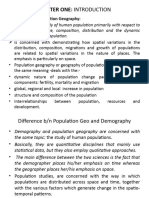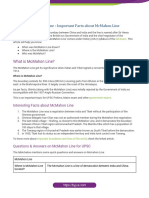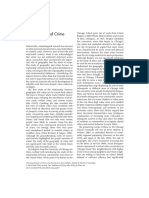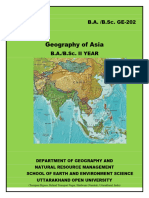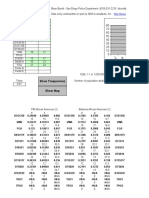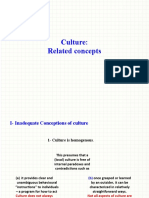100% found this document useful (1 vote)
421 views6 pagesHuman Races: Concepts and Classification
This document discusses concepts of race and provides a detailed overview of attempts to classify human races throughout history. It describes key classifications such as those proposed by Blumenbach, Huxley, Kroeber and others. The criteria used for classification included superficial external traits like skin color, hair texture, eye color and shape, facial form, and stature. It also discusses structural internal traits for classification like cephalic index, nasal form, blood groups, and cranial capacity. The document concludes by summarizing some of the characteristic physical traits of the three major races: Caucasoid, Mongoloid, and Negroid.
Uploaded by
anujCopyright
© © All Rights Reserved
We take content rights seriously. If you suspect this is your content, claim it here.
Available Formats
Download as PDF, TXT or read online on Scribd
100% found this document useful (1 vote)
421 views6 pagesHuman Races: Concepts and Classification
This document discusses concepts of race and provides a detailed overview of attempts to classify human races throughout history. It describes key classifications such as those proposed by Blumenbach, Huxley, Kroeber and others. The criteria used for classification included superficial external traits like skin color, hair texture, eye color and shape, facial form, and stature. It also discusses structural internal traits for classification like cephalic index, nasal form, blood groups, and cranial capacity. The document concludes by summarizing some of the characteristic physical traits of the three major races: Caucasoid, Mongoloid, and Negroid.
Uploaded by
anujCopyright
© © All Rights Reserved
We take content rights seriously. If you suspect this is your content, claim it here.
Available Formats
Download as PDF, TXT or read online on Scribd
/ 6
















